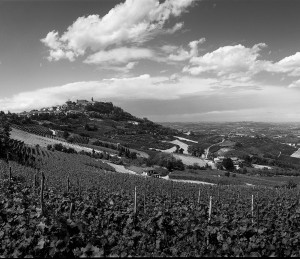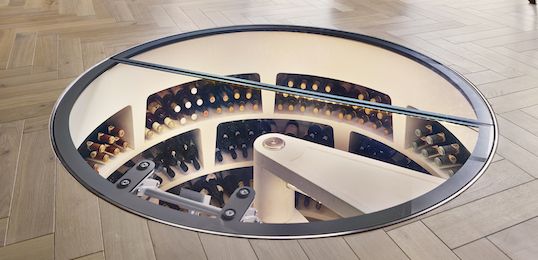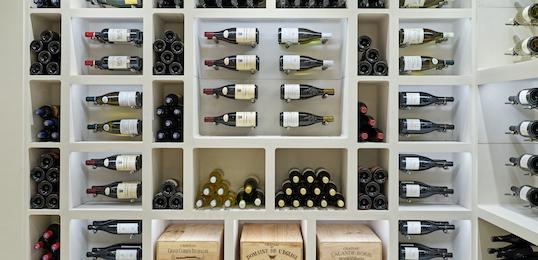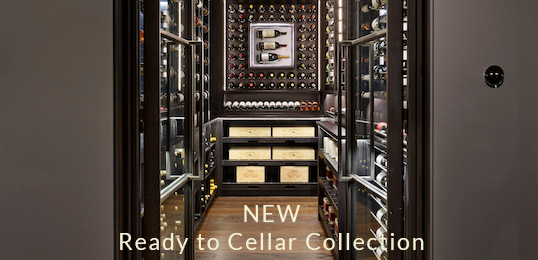By Amanda Skinner, Private Cellar
The growing of grapes is synonymous, in most parts of the world, with landscapes of beautiful rolling hills, ancient forests on the crests of the hills, shimmering lakes or mighty rivers carving their way through the valleys. So, trips to taste and buy wine are as much a feast for the eyes as they are for the palate.
Amongst all the wine regions that I have the pleasure to visit, Piedmont is undoubtedly the most breath-taking. Nothing can beat the stunning scenery that greets you, as you drive out of Alba, and climb up switch back roads amongst the rolling, vine clad hills with the backdrop of the distant snow-capped Alps. The region is most famous for its great Barolos and Barbarescos, made from the Nebbiolo grape, named after the “nebbia” or Autumnal mist which rises from the Tanaro.

Nebbiolo is a fussy grape variety and is often likened to Pinot Noir. Certainly it shares the characteristic of not travelling well, it buds early in the spring so is at risk from late frosts, has thin skin and thus is pale in colour and has the most fabulous, complex and alluring perfume. It requires specific rootstock to control its natural vigour, limestone-based soils, a mid-slope position and a south, southwesterly exposure to ensure that it has the maximum amount of sun at the end of the growing year, to reach full ripeness. It has the most intriguing scent, even in its youth, which evokes flowers, particularly roses, sour cherries, sweet and often exotic spices and a tell-tale hint of tar which develops further as it ages.
Barolo, the wine, is given its name from Barolo the village and there are five key zones for its production where the specific and different terroirs come through in the wines; Barolo and La Morra, where the wines are less tannic and earlier drinking and exhibit more scent, Montforte d’Alba and Serralunga d’Alba where the wines are longer-lived, more tannic and less yielding in youth, and Castiglione Falletto, where the wines sit somewhere between the two styles.
Barbaresco, the wine, similarly, is named after a village and there are four communes, north east of Barolo, which make up its production, the most important in terms of quality, being Neive and Barbaresco. Stylistically, Barbaresco tends to be more generous, softer and earlier drinking than Barolo, its hills are more gently undulating and enjoy a higher and more even annual temperature and its soils have a higher clay content, which also contributes to fleshier fruit and softer tannins in the grapes and thus in the wine. That is not, however, to underestimate their ability to age. They share a similar scent and flavour profile but they have different textures. Barbaresco is an elegant, silky wine while Barolo tends to be more structured and velvety.
Historically, Barbaresco has been in the shadow of Barolo but two great sons of the region have, in my opinion, changed that in recent decades – Angelo Gaja and Bruno Giacosa (although they do both make Barolo as well!). Very different in personality, Angelo is the showman and has been an ambassador for Barbaresco, travelling tirelessly across the globe for many decades promoting his wines and raising the profile of the region. Bruno Giacosa is a quiet, modest and introspective character and it is his daughter, Bruna, who does the travelling. What both men share is a total belief in terroir, passion for their wines and their region and a determination to make the finest wines possible.
In the past, Barolo and Barbaresco were made with little grape selection and often the inclusion of under-ripe fruit, long periods of maceration and very little control of temperatures during long fermentations, which resulted in highly tannic wines that then spent long periods in large Slavonian oak botti. These acted more as storage vessels as opposed to imparting any flavour influence on the wine, or tempering the tannins. Of course, these huge wines then took many decades to shed their tannins and reach maturity. Not exactly ideal in the impatient age that we now live in.
Growers today, and really since the trio of top vintages in 1988, 1989 and 1990, work with much more selection in the vineyard and green harvesting to ensure that the quality of the fruit when it arrives at the cantina is of the highest quality possible. As vines have needed to be replaced, producers have planted more densely to provide competition for the roots and lower the yields. Stainless steel, temperature controlled fermentation tanks have taken over from the old cement vats, maceration and fermentation periods have been reduced and French oak barriques, used to soften the tannins, have even been spotted at some of the best addresses.
What has also been a factor in the change of style is the effect of global warming. Average temperatures have increased over the past twenty years and so the growers have had to be careful about picking times, employing canopy management techniques not dissimilar to their friends in Napa Valley to protect the grapes, and to be aware of high alcohol levels. A combination of picking when the grapes have full phenolic ripeness but good acidity levels, combined with tempered maceration and fermentation, results in today’s Barolos and Barbarescos being drinkable young but also with the ability to age for many decades.
The quality of wines coming from Piedmont has never been higher and if you are yet to try them, I recommend them most highly.
TOP BARBARESCO GROWERS
- Ceretto
- GAJA
- Bruno Giacosa
- Elio Grasso
- Marchesi di Grésy
TOP BAROLO GROWERS
- Giacomo and Roberto Conterno
- Rocche Costamagna
- GAJA
- Bruno Giacosa
- Paolo Scavino
- Luciano Sandrone
- Roberto Voerzio
OTHER PIEDMONTESE WINES TO TRY
There are other important indigenous varietals which are worth seeking out:
- Arneis, a white variety which grows in the Langhe and Roero hills to the west of Alba. Top producers are Rocche Costamagna and Bruno Giacosa.
- Barbera, which accounts for over half of the vineyard plantings in the region. It is worth seeking out the higher quality, Barbera d’Alba Superiore and growers to follow are Rocche Costamagna, Braida, Pio Cesare.
- Dolcetto is a softer, earlier-drinking wine which is often dismissed but in the right hands is a delicious wine for summer drinking. Growers who make the best Dolcetto are Rocche Costamagna, Elio Grasso and Gianni Voerzio.
- Moscato is the grape behind the delicious, low alcohol, pudding wines and my favourites are Moscato d’Asti from growers such as Gianni Voerzio, Cerutti, and Tacchino.



